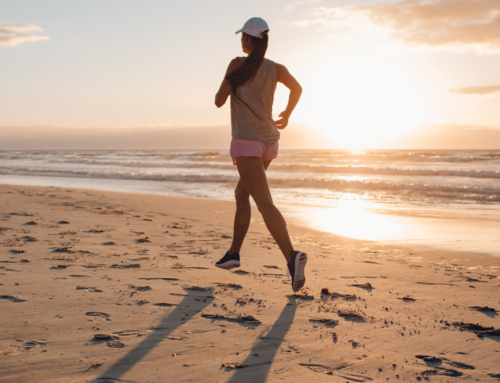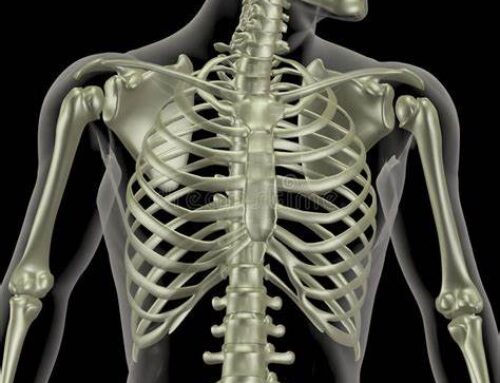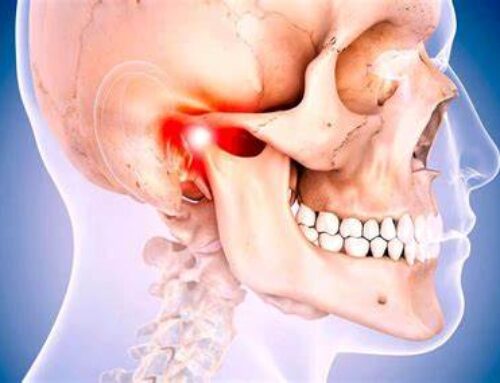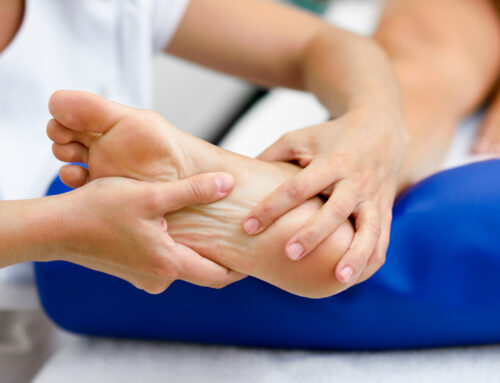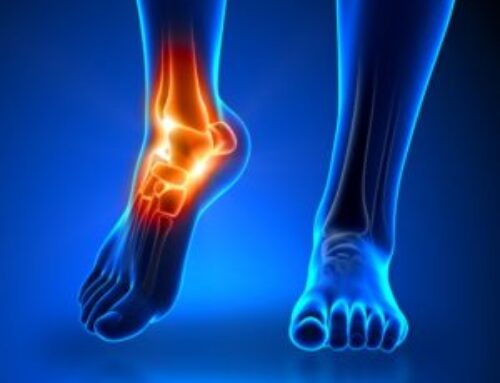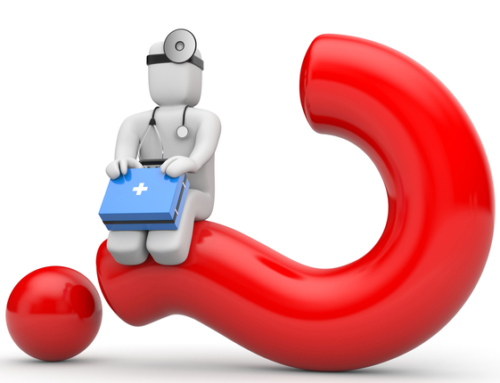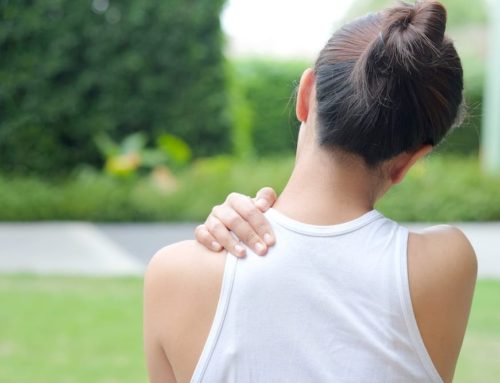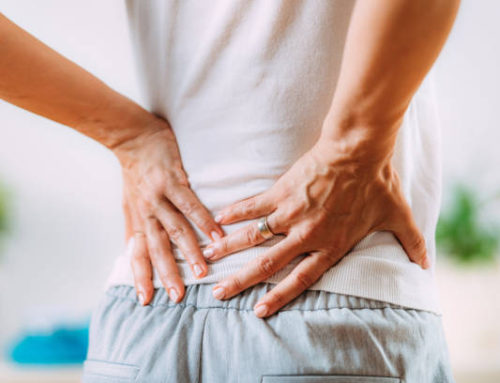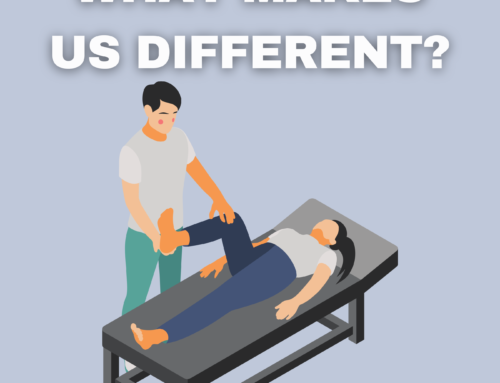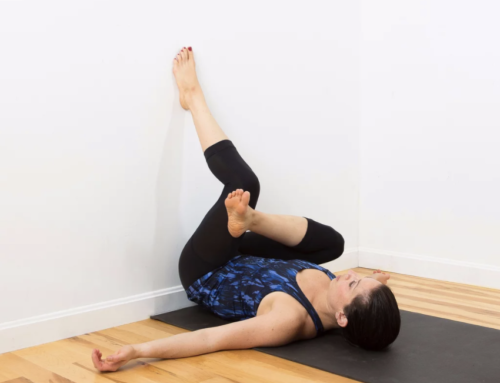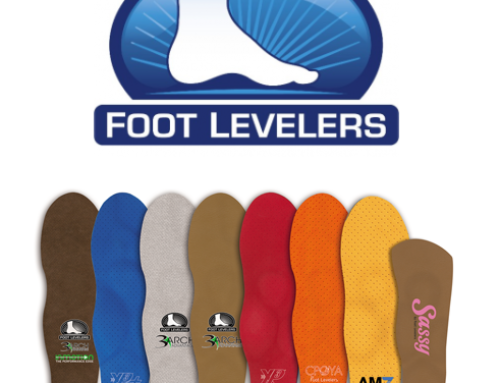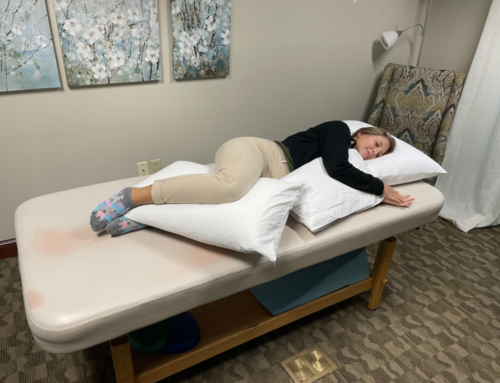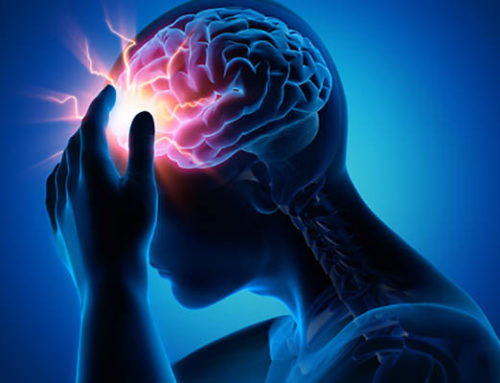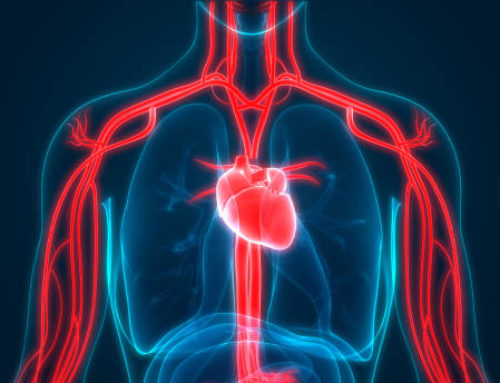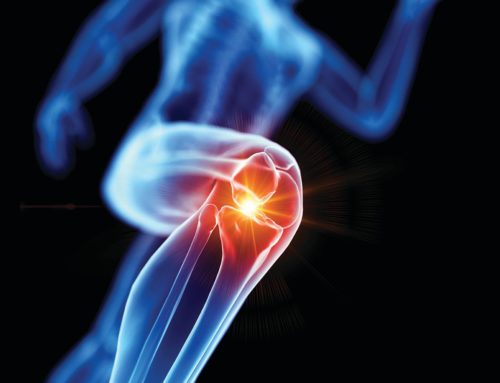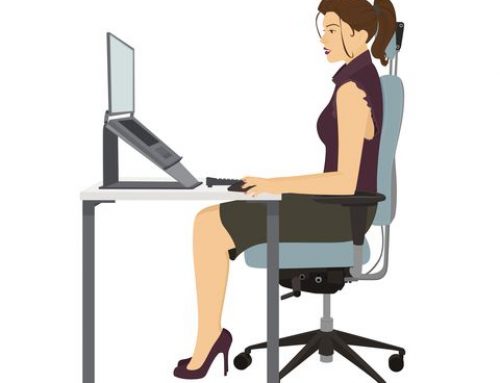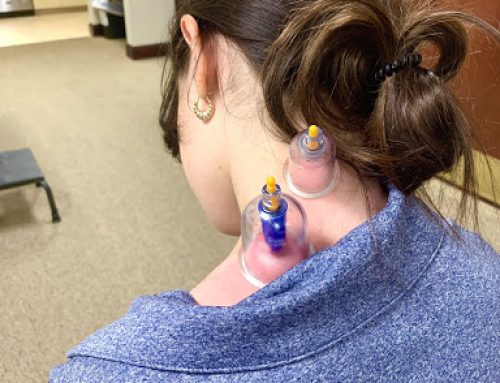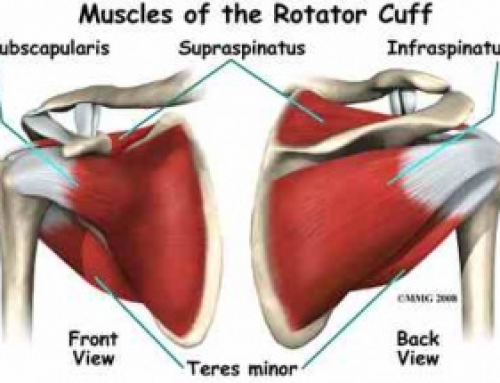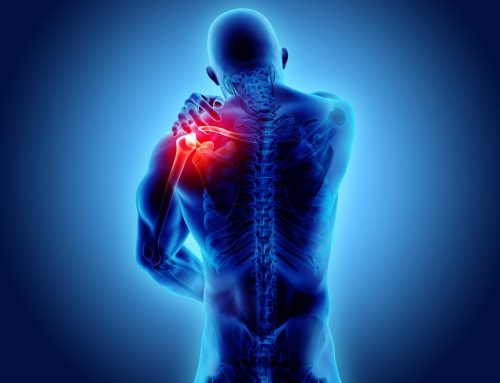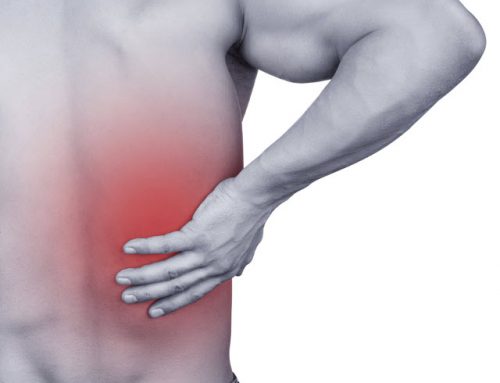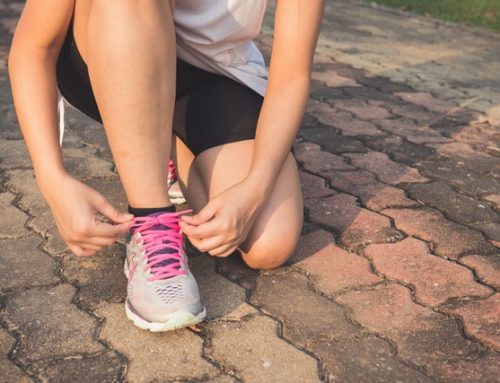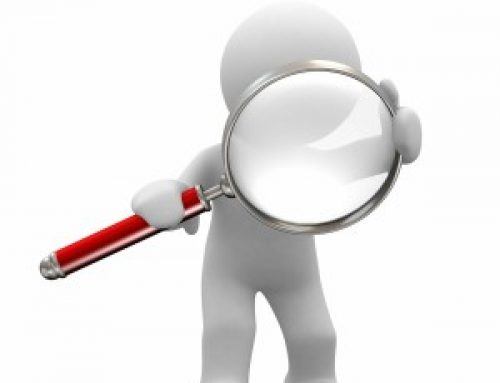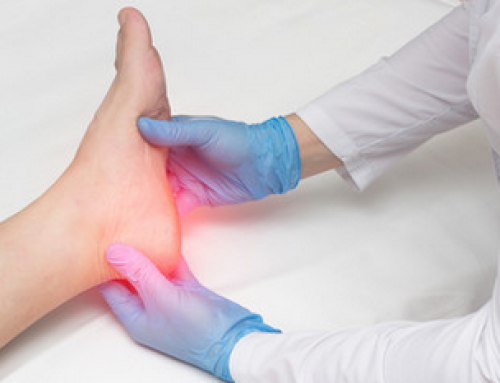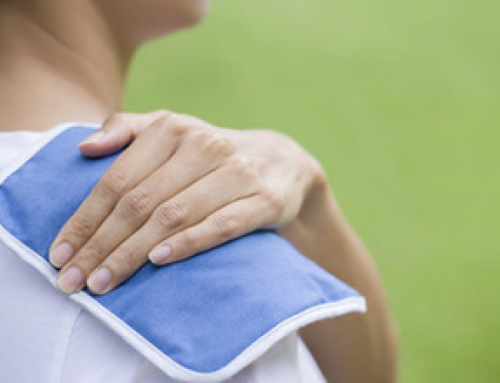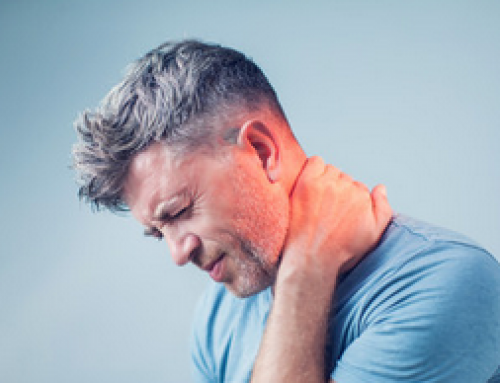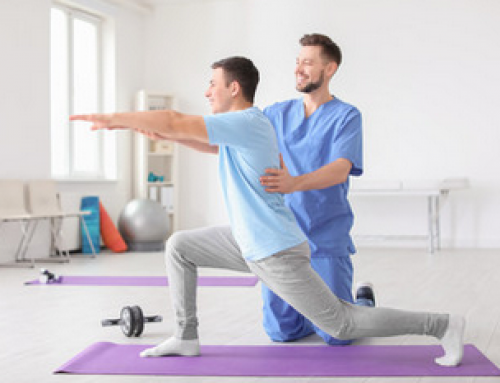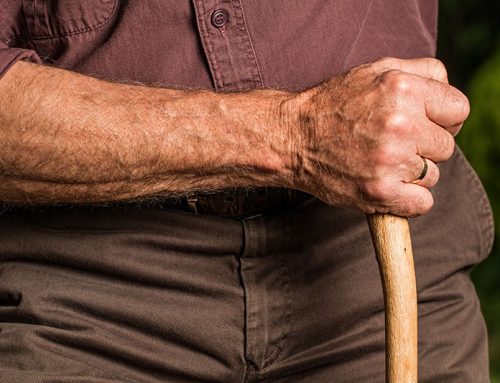Scoliosis is a curvature deformity of the spine that is commonly pictured as an S or C shaped curve involving twisting and rotation of the vertebrae. Scoliosis is vastly idiopathic due to unknown multifactorial causes including but not limited to; family history and hormonal imbalance. Adolescent idiopathic scoliosis (AIS) is the most common type of scoliosis diagnosed in children between ages 10-18 years old. There is strong correlation between times of more growth and probability in developing AIS. Once diagnosed with AIS, treatment is focused on reducing rate and risk of curvature progression.
Key signs of AIS may include asymmetry of bony landmarks such as the waist, hips, leg length, and shoulder blades. Progression of scoliosis may result in debilitating symptoms such as back pain and rib asymmetries causing difficulty breathing. Early detection of AIS can be tricky because mild curvature can slowly progress without causing the child any pain.
A child’s school nurse and/or pediatrician are commonly the first to detect signs of AIS. X-ray imaging is needed to confirm the diagnosis and identify the severity of AIS for the best approach in management and treatment.
Our team of physical therapists approach treatment of AIS based on curve pattern and functional severity. Due to the painless progression of AIS, the treatment goal is often targeted at creating body awareness of the abnormal curvature and corrective posture and alignment. Exercises are designed to reduce stiffness and facilitate muscle endurance for stabilization of the corrective posture by practicing reeducation of daily movement patterns.
AIS is not preventable and current research does not support a gold-standard of treatment for it. Furthermore, the adolescent spine is adaptable to change and with skilled conservative treatment, rate of curvature progression can greatly be reduced to avoid bracing or surgical intervention.


